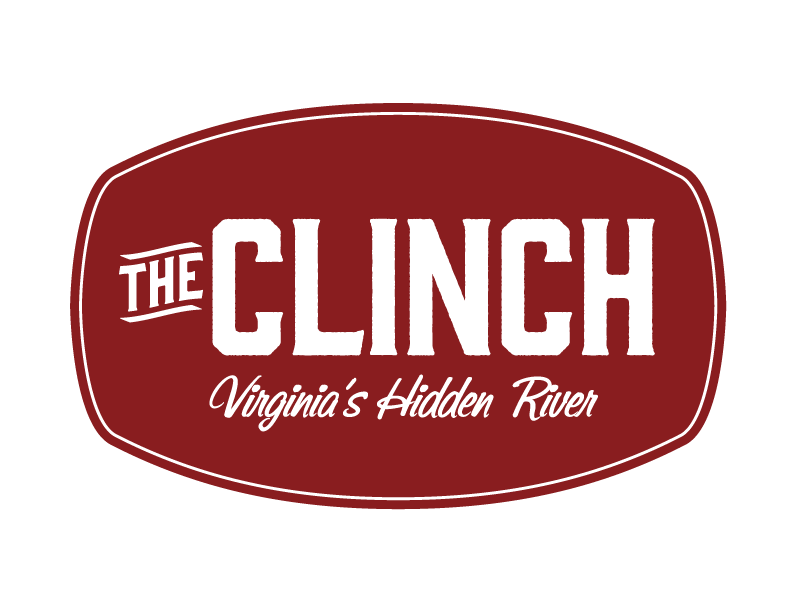

Watersheds in Focus: Stock Creek
The Stock Creek Watershed is located in Scott County, Virginia and encompasses areas near the towns of Clinchport and Duffield on its way to the Clinch below Natural Tunnel State Park. The stream runs 13 miles to the mouth of Clinch and has historically been considered impaired for high levels of chemical pollutants and fecal coliform bacteria.
Why is Stock Creek Impaired?
Historic mining operations within the Stock Creek watershed produced lithium hydroxide, a corrosive compound that can make its way into streams and other aquatic systems. Lithium reacts easily in water and is easily absorbed by plants, causing irritation in the eyes, respiratory tract, and on the skin in humans. In Stock Creek, this contamination was found to impact small aquatic organisms living on the stream bottom - a vital component of the stream's food web.
In addition, Stock Creek is considered impaired for fecal coliform bacteria, which contains the sometimes-harmful microorganism Escherichia coli. The presence of this bacterium comes mostly from the feces of livestock and poor human septic practices, causing E. coli to be introduced into the stream. If humans come in contact with water that has been contaminated with fecal coliform bacteria, it could result in gastrointestinal illness or other infections of various parts of the body. Common gastrointestinal symptoms include stomach cramps, diarrhea, nausea, and vomiting.
What is being done to improve water quality?
Since mining operations ceased in the watershed, over 120,000 cubic yards of calcium aluminum silicate have been removed from the area, and other mine waste storage facilities have been removed or improved, including the removal of waste piles to help stop the release of lithium to the environment. Subsequent tests have shown that the status of the stream has improved due to these actions.
Efforts to lower fecal coliform levels are ongoing but include the encouragment of livestock fencing, which keeps cattle and other large animals out of streams, and informing residents of the negative impacts that straight-piping and other poor septic practices can have on the environment.
